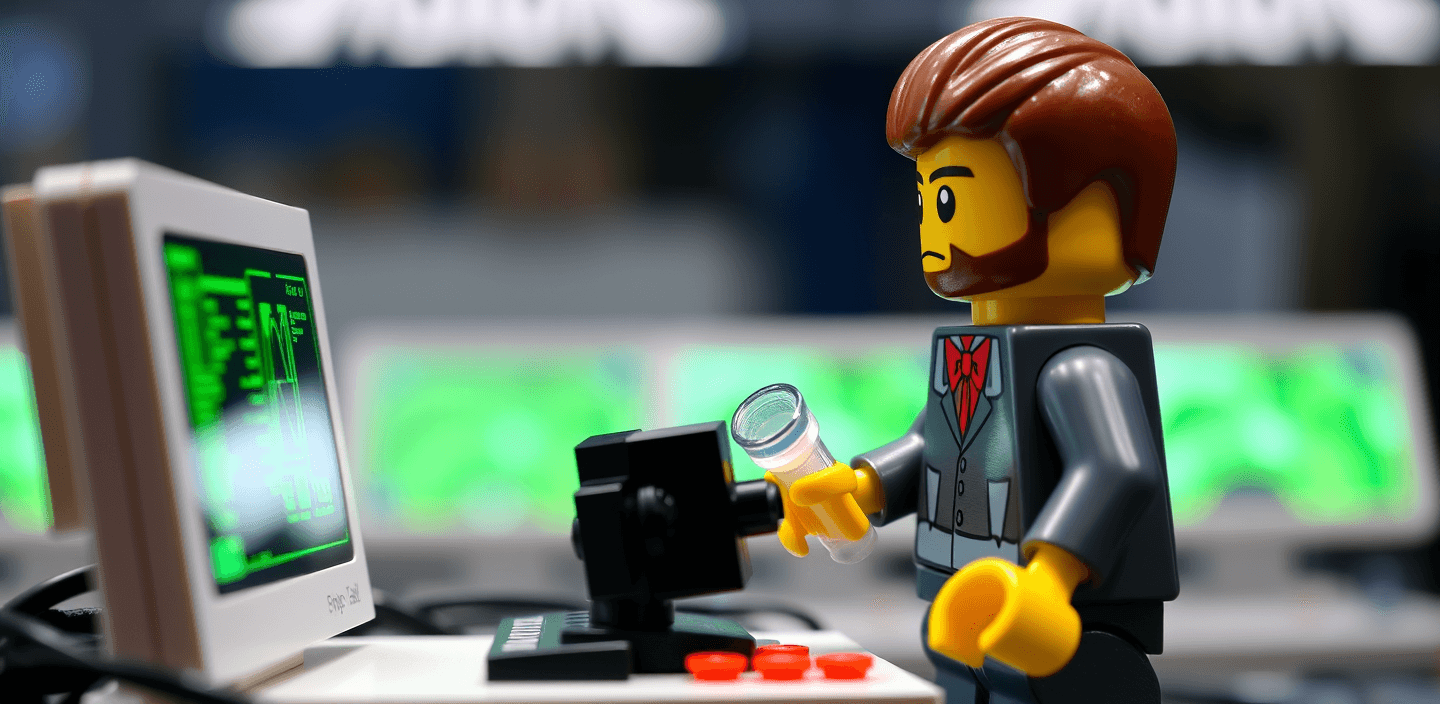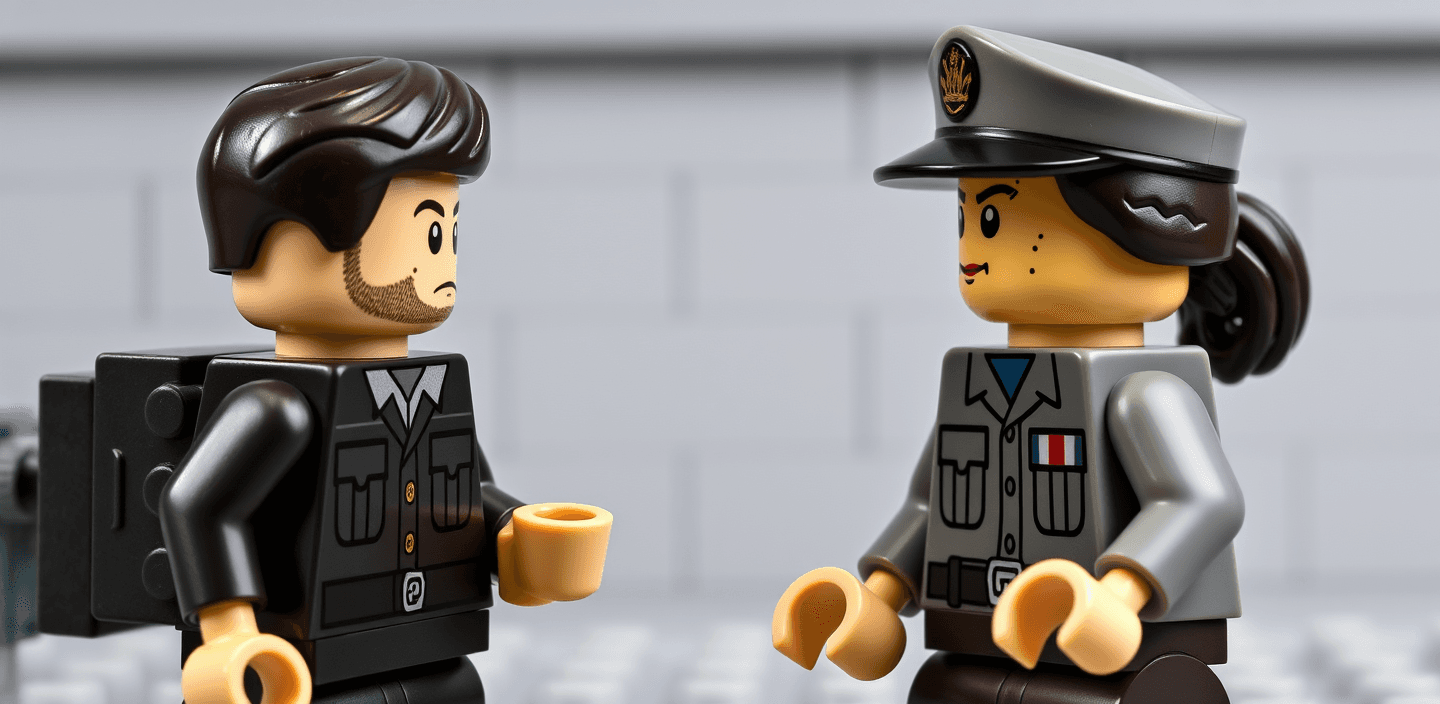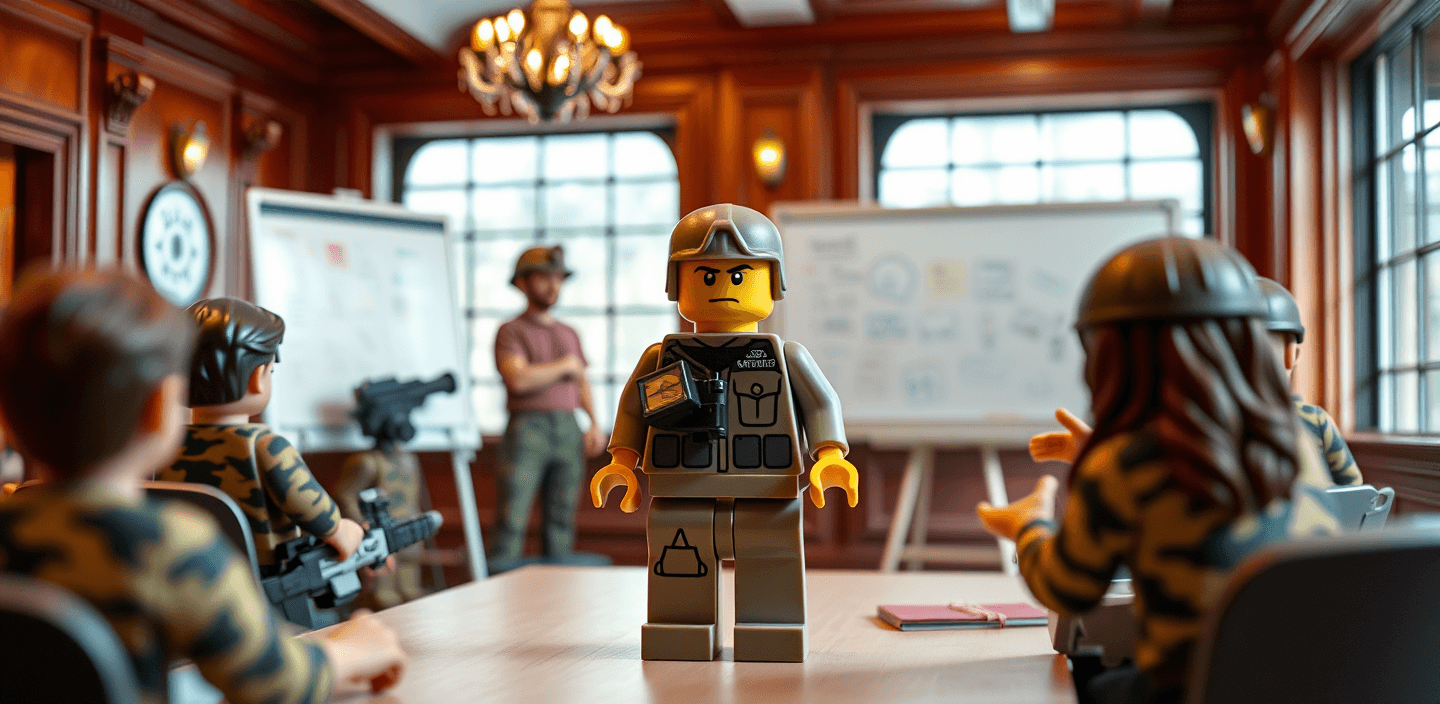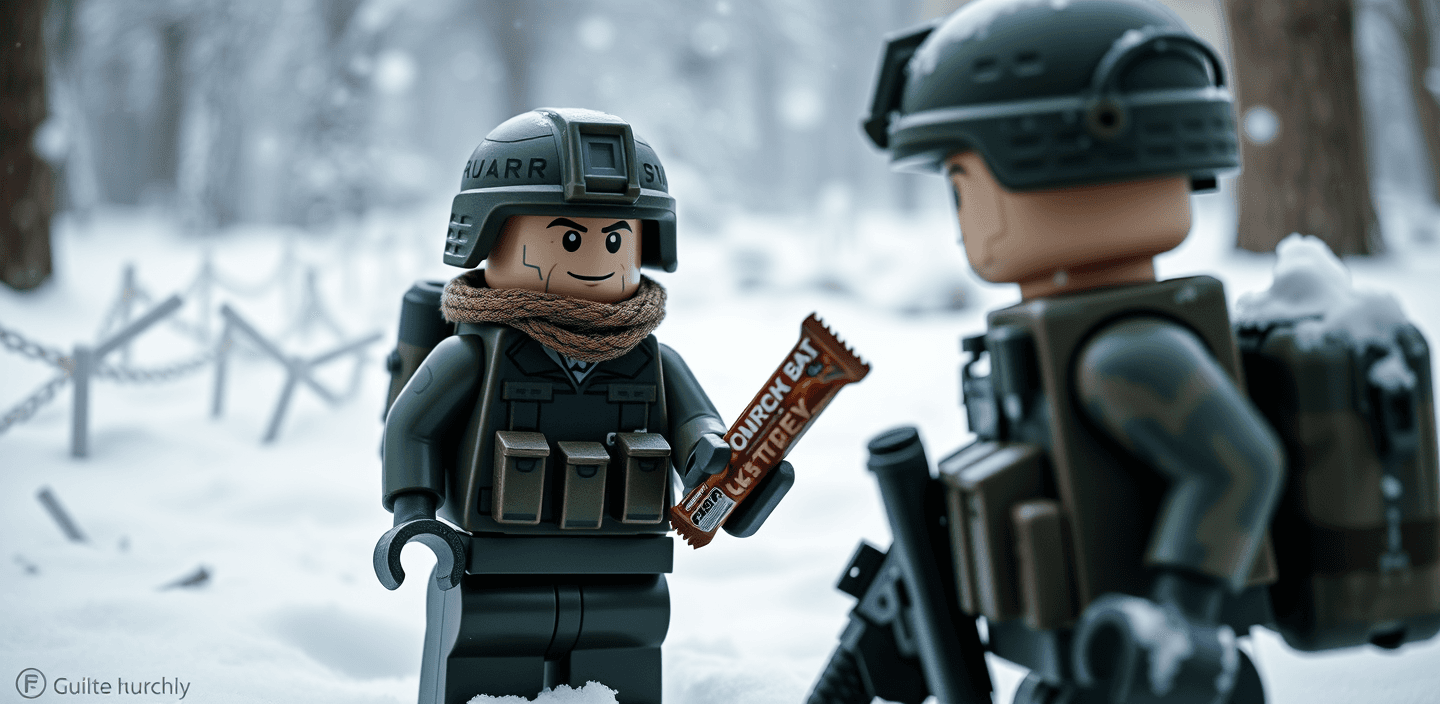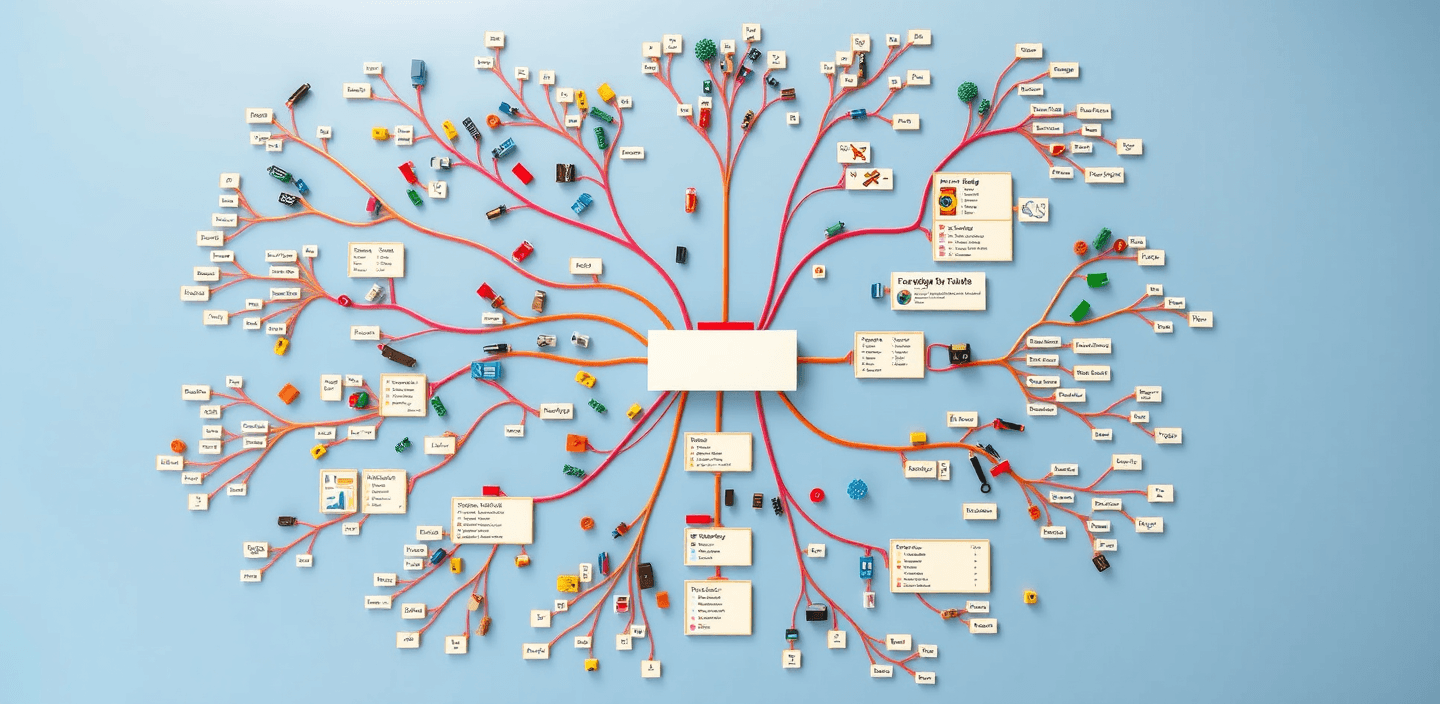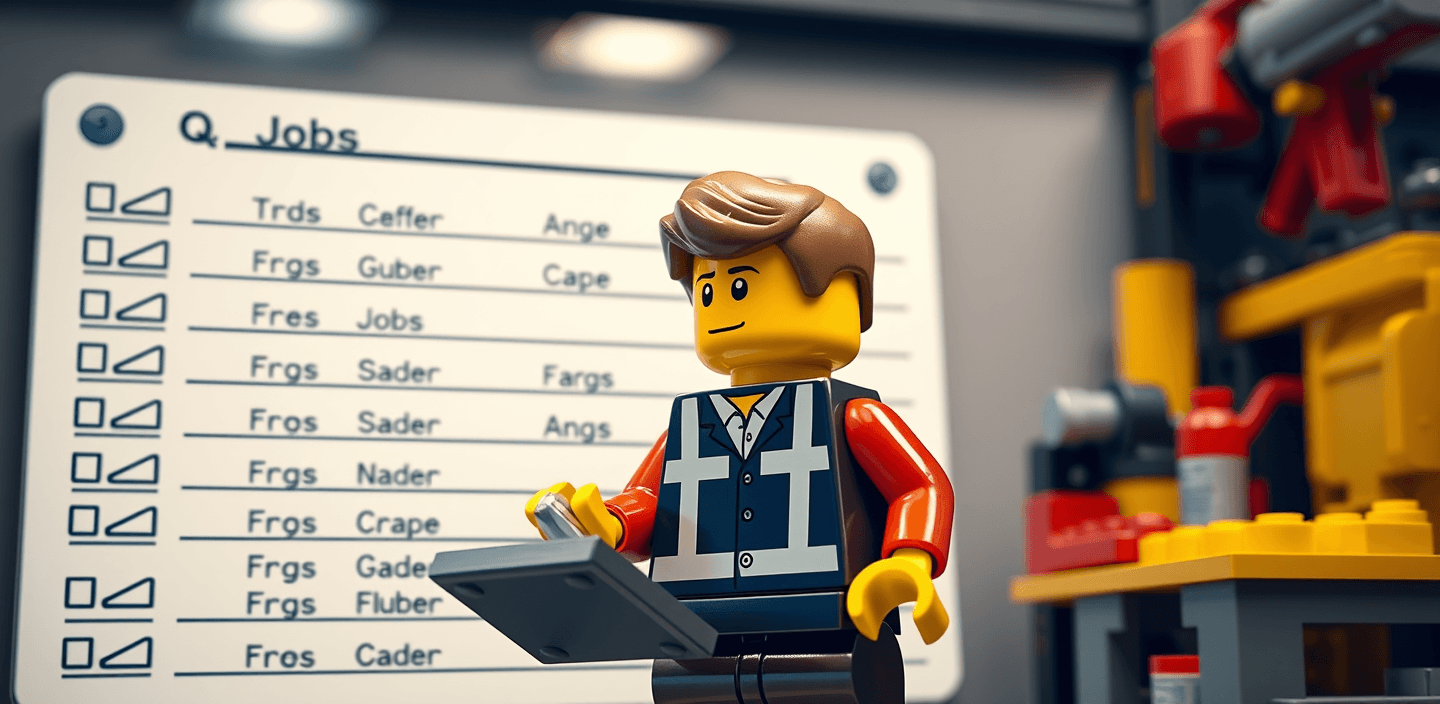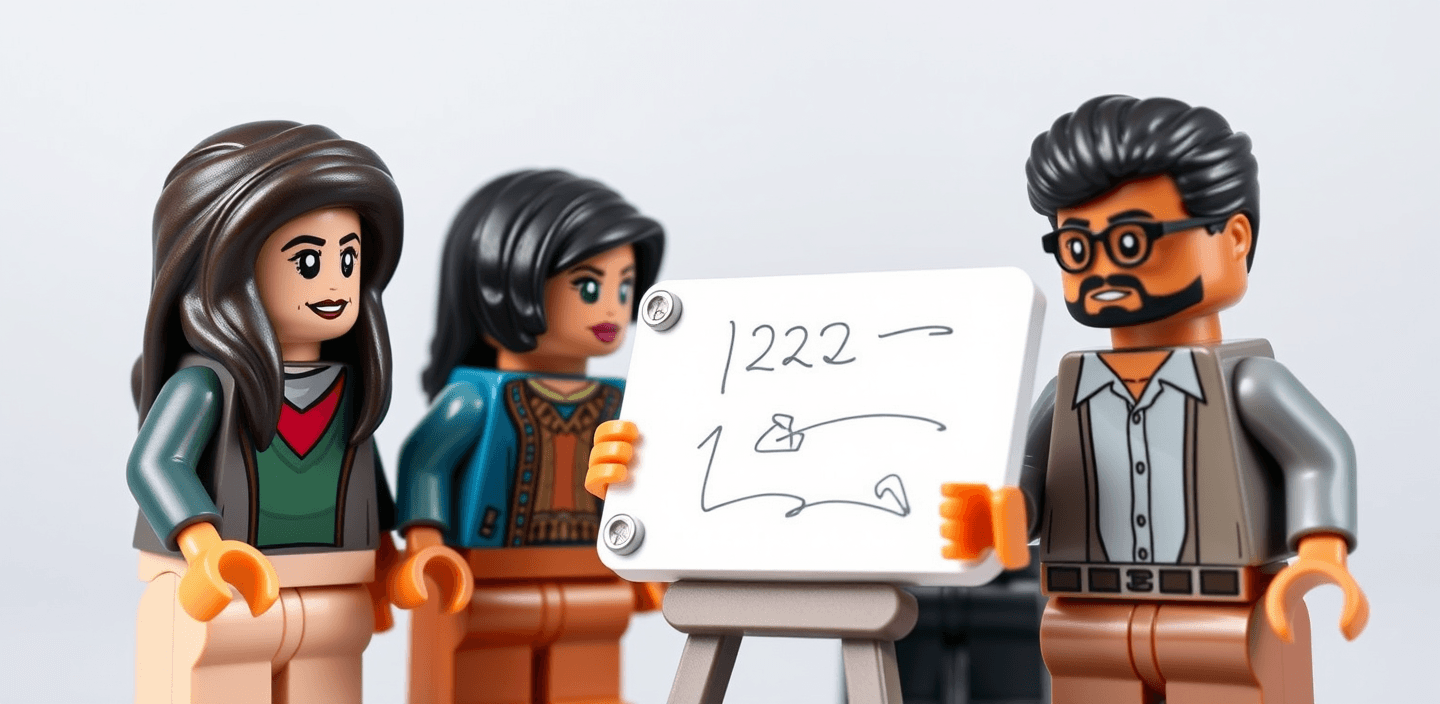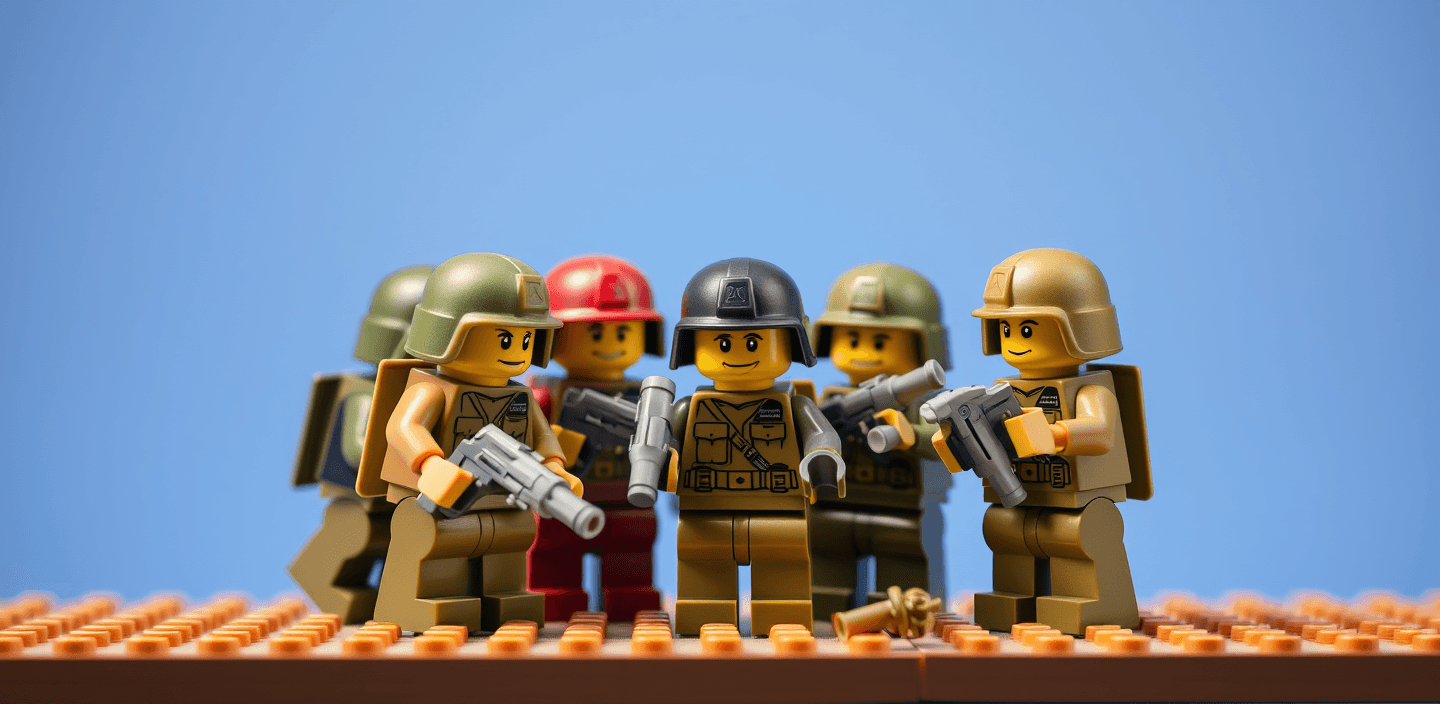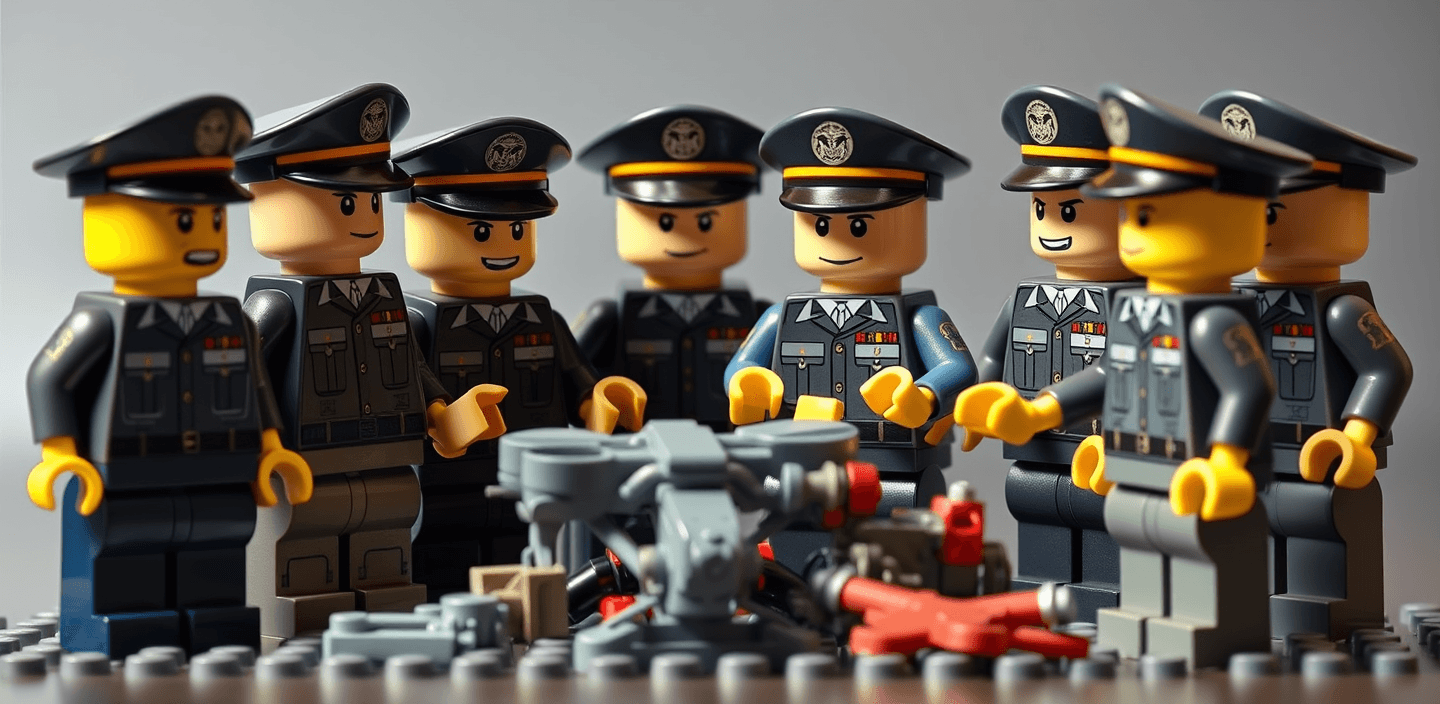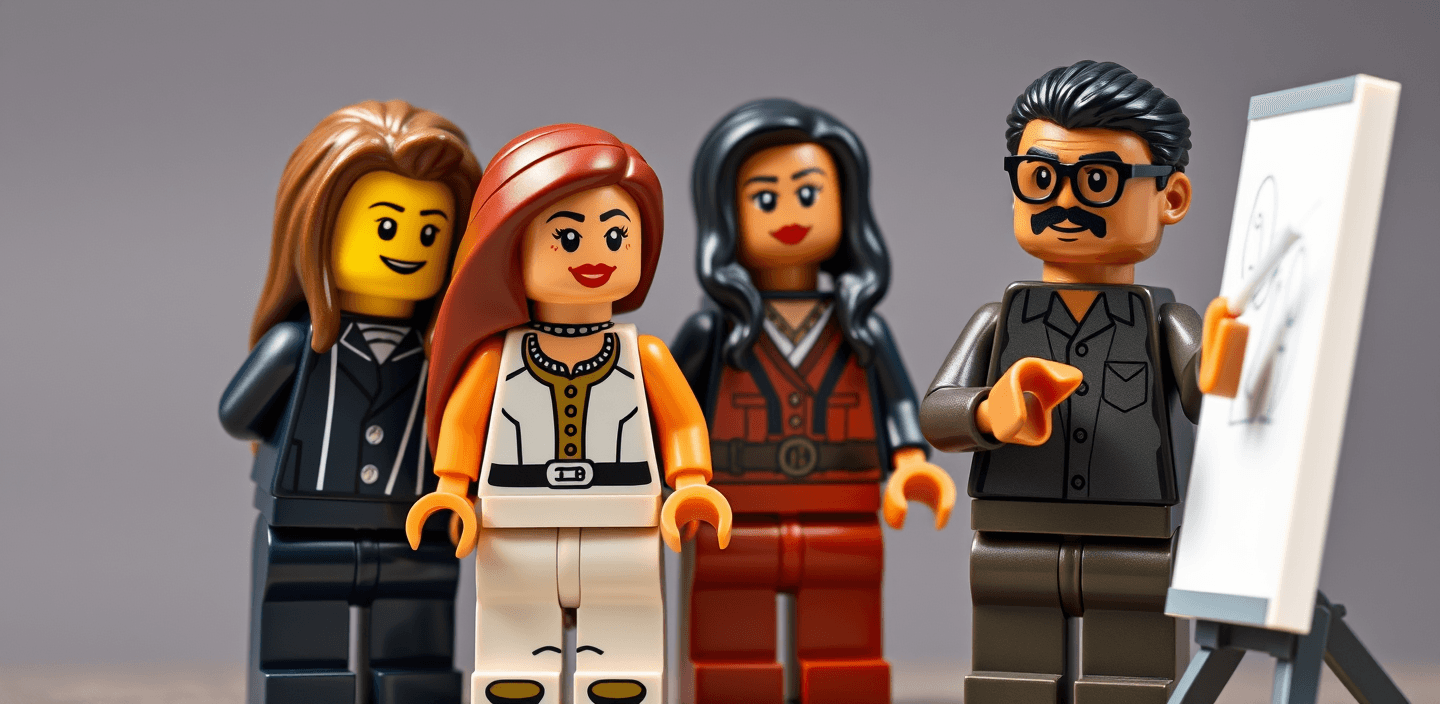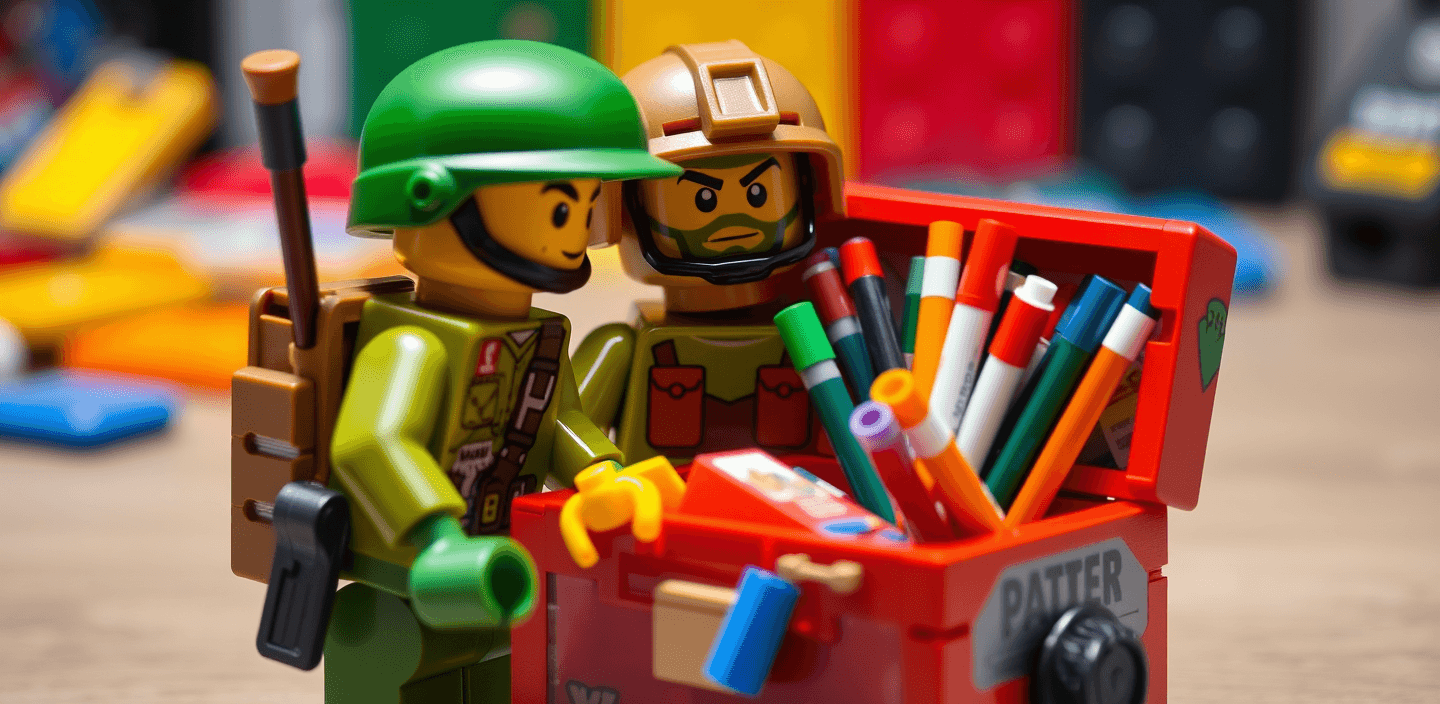Disclaimer Due to confidentiality agreements, details of the project cannot be disclosed. Only the high-level process can be shared.
Overview
Parent
SRH Berlin University of Applied Sciences is where I completed my Master's in Strategic Design and through whom I had the opportunity to work on this live partnership project over the course of 4 months.
Client
A team of passionate design-thinking advocates from the Bundeswehr military and civil departments on a mission to implement change within the German Defence Forces.

Team
Julia Brocza, Gianluca Dipiero, Rohit Gole (me), Olivia Victor
Problem Statement
How might we create a mobile innovation lab for military changemakers of the Bundeswehr to drive an innovation mindset for solving complex challenges?
Research
The research phase was 6 weeks long where we implemented numerous varieties of qualitative research methodologies.
Methods
Online netnography, Semi-structured and formal interviews, 2 day field immersion at an Airforce Leadership Training Facility
Synthesis
The synthesis was a brief 2-week phase following which we presented our research insights, findings and opportunity area.
Methods
Data clustering, Stakeholder mapping, System mapping (Iceberg model), JTBD (jobs to be done), 5 WHYs (insight mining)
Reframing the Problem
Before
How might we create a mobile innovation lab for military changemakers of the Bundeswehr to drive an innovation mindset for solving complex challenges?
After
How might we empower and encourage military and civilian members of the Bundeswehr across different hierarchies to tackle simple daily challenges using an innovation mindset?
Ideation and Prototyping
This was a 3 week phase we kicked off with an internal brainstorming session followed by a co-creation workshop and then concept testing.
Methods
Internal brainstorming, Co-creation workshop, Concept testing (x2), MVP Creation
Implementation Pitch
The project ended with a short demonstration and 3 separate concept pitches to different groups of stakeholders from the Bundesministerium, Airforce and Navy.
Methods
Concept Pitch and Demo with a focus on lwo-cost scaling strategy
Retrospective
Creating a solution that shifts mindsets within any organization is challenging—within a vast, structured entity like the military, even more so. Tackling this as a group of international students over five months seemed almost impossible. So on completion, what questions did I find myself asking, and what did I take away?

Was the project a success or failure?
We measured success by gauging the interest and enthusiasm from various stakeholders. Receiving requests for additional pitches—especially from Navy stakeholders interested in revisiting and adapting one of their previous projects with elements of our approach—was a clear indicator of success.

Adapt to thrive!
At one point in our research, interviewees were hesitant to share information. To ease their concerns, we adjusted our approach, shifting from military-specific questions to a more generalized line of questioning. This change made interviewees more comfortable, leading to a wealth of detailed insights.

Better done than perfect!
Were we satisfied with our solution’s appearance? Am I ever fully satisfied with my work? Not quite—there’s always room for improvement.. But completing the task is essential. What we created was a proof of concept, grounded in solid qualitative research, with stakeholders recognizing its potential.
Thank you for scrolling.
Write to me at rohitgole@gmail.com


